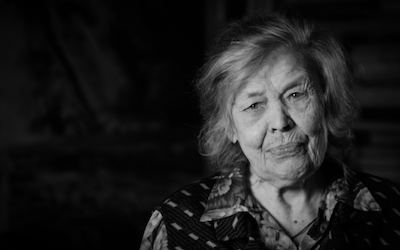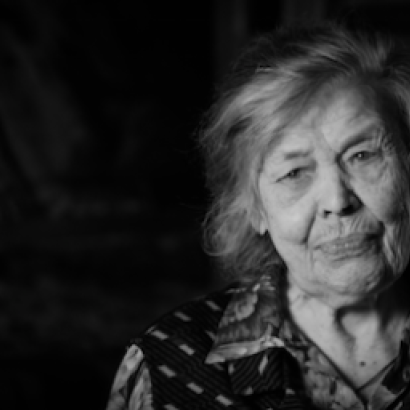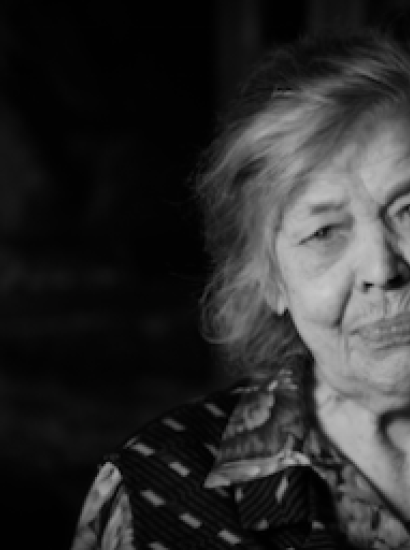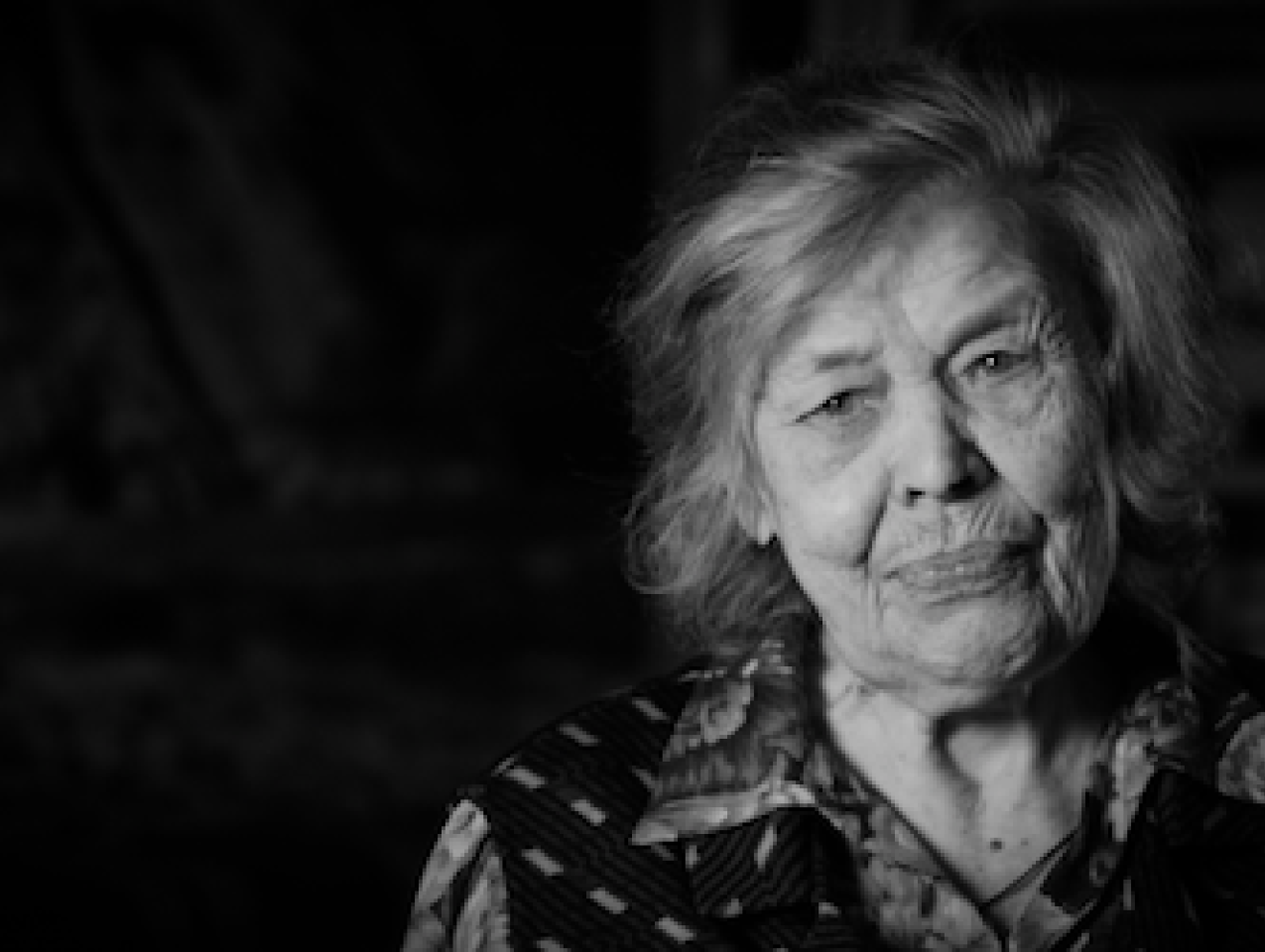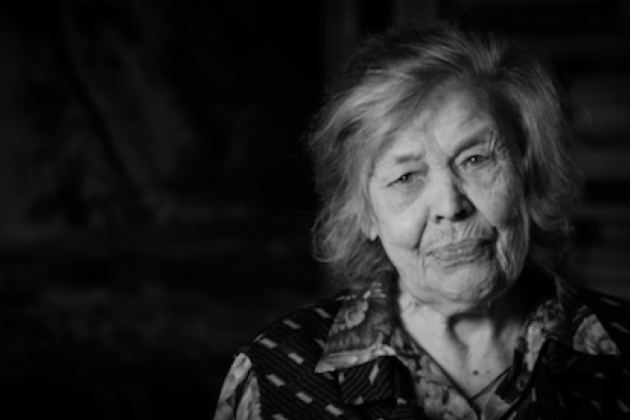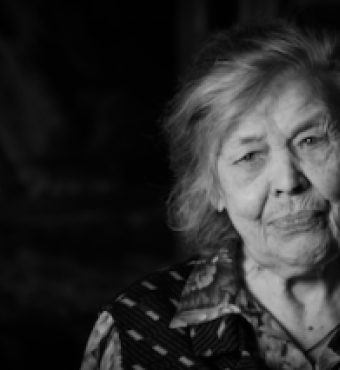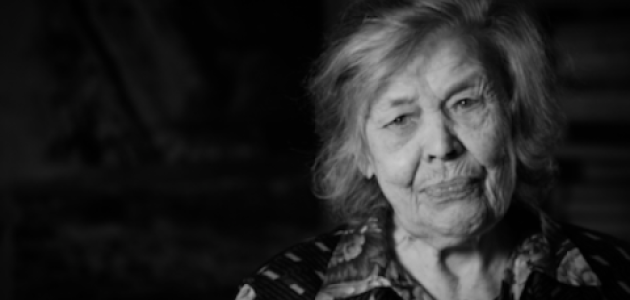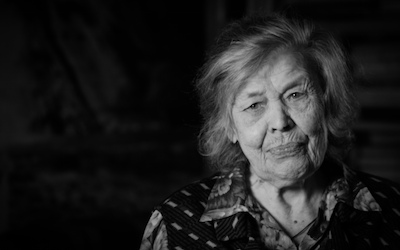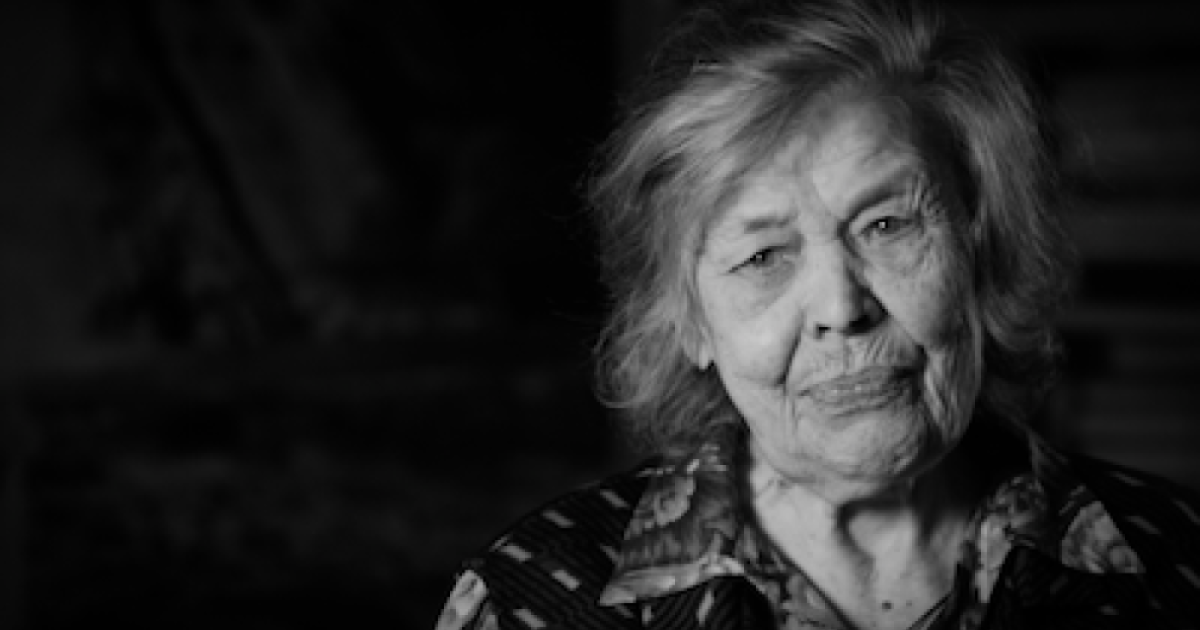- History
A remark often attributed to Stalin is, “A single death is a tragedy, a million deaths is a statistic.” This is the story of five such tragedies. They are stories about women because, as in so many cases, it was the wives and daughters who survived to tell what happened.
These five women put a human face on the terror of Stalin’s purges and the Gulag in the Soviet Union of the 1930s. They show how the impersonal orders emanating from the Kremlin office of “the Master” brought tragedy to their lives. They cover the gamut of victims. Two are wives and daughters in ordinary families unable to comprehend why such misfortune has overtaken them. A third is a young bride living in the household of a high party official. The last two are wives of the Master’s executioners. These stories are based on their memoirs—some written by themselves, others by close friends or by their children.
Together, they put a human face on what author Robert Conquest termed The Great Terror.
Agnessa
Agnessa Argipopulo was born in 1903 in the small town of Maikop, in far southern Russia, near the Black Sea port city of Novorossiysk. She and her older sister, Lena, exemplified the mixed heritage of the people of the Russian “South”: a blend of Greek, Russian and Mongol blood which made them the acknowledged beauties of Maikop. The Red and White armies traded control of the town during the Russian Revolution. While the sisters were both still in their teens, Lena married a White Guard officer … Agnessa a Red. But Agnessa’s fate was settled when she left her first husband for a rising star in the NKVD, the Soviet secret police force that carried out Stalin’s purges in the 1930s.
Maria
Maria Senotrusova was born in 1904 in the isolated village of Tolbaga, in Eastern Siberia. This former czarist dumping ground for exiles and revolutionaries was opening up to the world thanks to the Trans-Siberian Railway. When a spur line was built to nearby coal deposits, Maria joined the local work force and met her future husband, the engineer in charge of the work. They married and raised three children in a hard-working, well-educated family that exemplified everything the USSR wanted and needed in the New Soviet People who would build the socialist paradise. But Stalin’s purge destroyed their lives as it did the lives of hundreds of thousands of other innocents.
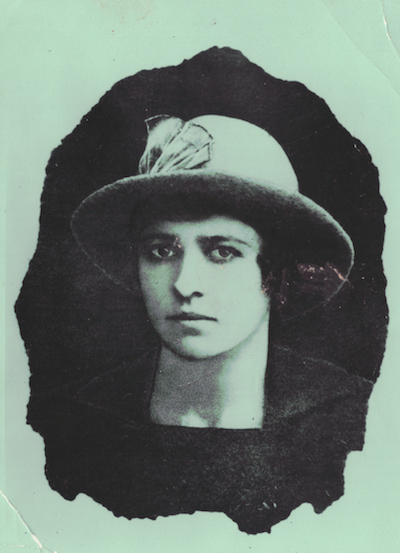
Maria Senotrusova
Evgenia
Evgenia Feigenberg, born in 1904, had no intention of remaining in her hometown of Gomel, Belorussia, close to Poland and Ukraine but far from the European capitals where she was sure she belonged. Nor did she intend to follow the normal life course for the daughter of a rabbi: an early marriage and many children. Her first marriage took her to Odessa. She left her husband for a better catch, who took her to Moscow and to the Soviet Embassy in London. But it was her third partner who took her with him as he climbed ruthlessly to the highest levels of Soviet power—only to doom them both to destruction when Stalin tired of his purges and looked for a scapegoat for the Great Terror.
Adile
Adile Abbasogly, born in 1920, was only fifteen when she was literally swept away by a handsome older man who was a member of the Lakoba clan, the leading family in Sukhumi, in the Abkhazian portion of the Soviet Union. Adile’s father was Persian, and her family, while Muslim, celebrated the Christian holidays. Her choice of a husband appeared inspired: his brother-in-law was Nestor Lakoba, the head of the powerful Lakoba clan and a close associate and personal friend of Stalin. Nestor had led the Bolshevik takeover of the region and appeared solidly in charge. But Lavrenty Beria, his rival for power, set out to destroy the Lakobas and everyone associated with them.
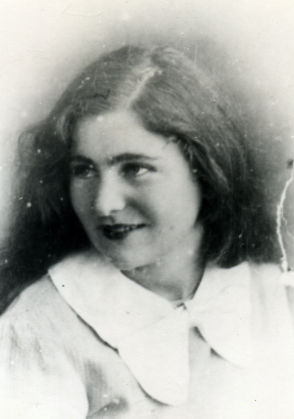
Adile Abbasogly
Fekla
Fekla Andreeva was born in 1926 in Suvory Village in the Ural Mountains. Her pleasant childhood ended early in 1930 when Stalin ordered the “dekulakization” of the Soviet countryside. Her family’s relative prosperity–they owned a small farm and some livestock and could afford to hire help to bring in the harvest each year–put them into a group which Stalin wanted “liquidated as a class.” Stripped of all belongings, the family was eventually sent to a nearby settlement, where they and other kulaks built crude barracks and worked in mines and fields on starvation rations. Fekla and her sisters went to school where they strived to be good Soviet citizens and learned to revere Stalin. But far worse was yet to come at the hands of “the Master.”
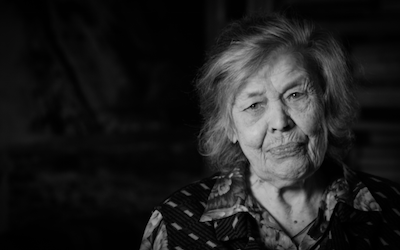
Fekla Andreeva
Stalin’s Struggles & Successes
Who was this man of diminutive stature but outsized ambition who had clawed, bullied, and assassinated his way to the pinnacle of power in the new nation of the Union of Soviet Socialist Republics?
Joseph Stalin was born Iosif Vissarionovich Dzhugashvili in 1879 in the mountains of Georgia, in the Caucasus region of the Russian Empire. An early convert to the Bolshevik cause, he assumed the name Stalin, “man of steel.” He took on a series of low-level leadership positions under Vladimir Lenin after the Russian Revolution, quietly finding ways to gain power. When Lenin, the “Old Man,” died in 1924, few of the Old Guard expected Stalin to come out on top in the power struggle that followed. However, the man who would become “the Master” had a game plan and would do anything to win.
Lenin suffered a series of strokes beginning in May 1922 that eventually left him mute and bedridden. Until then, the Old Man had handled details like medical care, leaves abroad, and housing—for example, Lenin gave Stalin a bigger Kremlin apartment. After the Old Man’s incapacitation, the Master made sure he decided such things. The others could not be bothered. Only Stalin realized the power it gave him.
As the Old Man’s health deteriorated, Stalin chose his doctors and nurses and procured his medications. The Master’s own wife, Nadezhda Allilueva, served at Lenin’s sickbed in the Kremlin.
The most nerve-racking part of the power struggle was waiting for the Old Man to die. Lenin’s crone of a wife, Nadezhda Krupskaya, kept issuing optimistic reports from the sanatorium outside Moscow. He’ll return to work any day, she insisted. The Master knew that his political career would be over if Lenin regained his health. In his political testament, the Old Man had advised the party to fire Stalin. As general secretary, Stalin had accumulated too much power and had the audacity to insult the Old Man’s wife. Fortunately, the vain Lenin was an even-handed critic with ample insults for the others. Only Lenin could do the job right, it seems.
The Old Man did not return. The Master shrugged off rumors that he poisoned Lenin, but he kept the idea to use against his rivals.
As soon as the Old Man had drawn his last breath on January 21, 1924, the Master sprang into action. He assumed control of the funeral arrangements. The others jockeyed to be at the front of the bier. The Master inauspiciously brought up the rear—an almost invisible pallbearer.
It helped that Stalin’s colleagues underestimated him. As far as they were concerned, he sat at his desk and pushed papers. While they made speeches and argued, he quietly placed his people in key positions. His fellow Bolsheviks scarcely noticed that they turned to him for cars, amenities, and even envelopes of extra household cash. The Master supervised—and eavesdropped on—the special Kremlin phone lines.
Stalin dealt easily with his rivals for power. The posturing peacock Leon Trotsky waited in vain to be anointed as a reward for his civil-war heroics. The Master joined the naïve Nikolai Bukharin to get rid of Trotsky. Together they charged Trotsky with “splitting the party” in order to drive Trotsky and his allies into exile in Kazakhstan in 1928. Trotsky was expelled from the country in 1929 but kept up his polemics from abroad until his assassination in Mexico in 1940.
Editor’s note: The essay above is an excerpt of the book, forthcoming from Hoover Press, titled “Women of the Gulag.”







